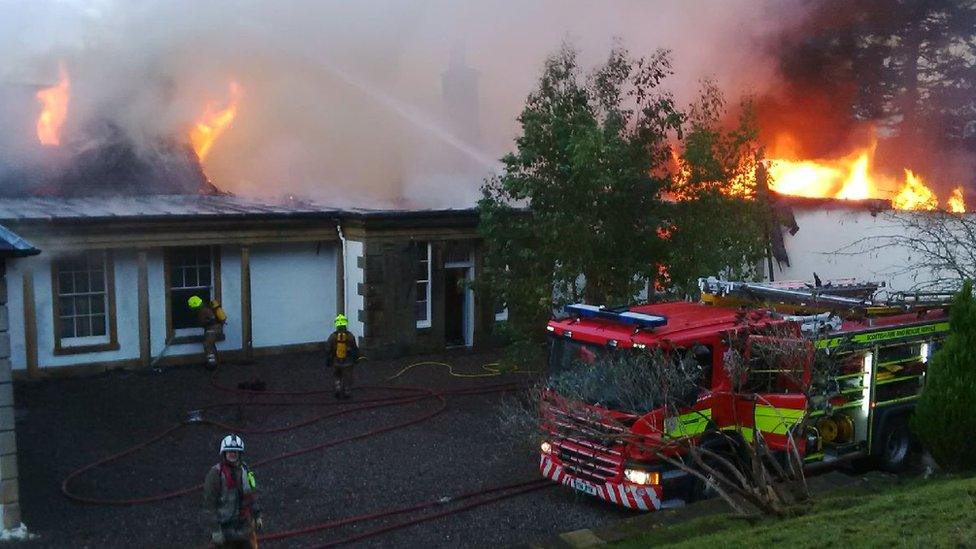Why we're saving a house that's burned down twice

Boleskine House Foundation chairman Keith Readdy at the historic property
- Published
Over its 260-year history Boleskine House has been home to the son of an executed Jacobite, an occultist and a rock star.
In recent times it was almost completely destroyed by two serious fires, one believed to have been started deliberately.
Now a project that could cost up to £1.5m to complete is restoring the category B listed property near Foyers, south of Inverness.
The Boleskine House Foundation, the charity leading the rebuild, hope to open it to the public in 2025.

Firefighters tackle the serious blaze at Boleskine House in December 2015
"It was literally a ruin by the time the foundation purchased it," says chairman Keith Readdy of the property with views over Loch Ness.
"Only granite walls were standing."
Boleskine House was a home for a long time, and its residents have included Archibald Campbell Fraser of Lovat - son of a Jacobite dubbed The Old Fox - also occultist Aleister Crowley and Led Zeppelin's Jimmy Page.
But a fire in 2015 destroyed 70% of the historic property before a suspicious blaze in 2019 caused further damage.
The foundation bought the property, along with about 35 acres of grounds, after the last of the fires.
Over the last two-and-half years the charity has been restoring the property.
The work has included Mr Readdy, helped by his wife and two volunteers, hand-shovelling 120 tonnes of charred rubble from inside the house during the Covid pandemic.
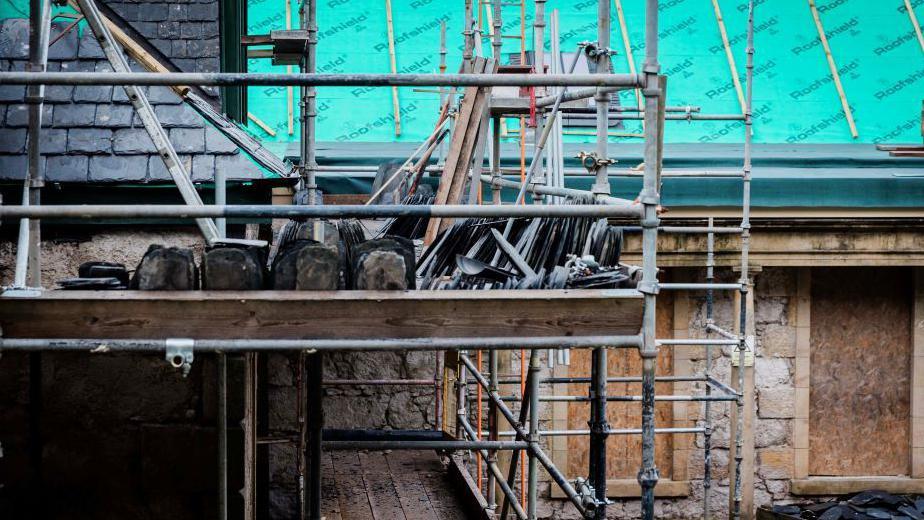
Recovered Ballachulish slate is being used for the roof
When the project is completed the house is to be opened to the public and made available for functions and conferences.
Due to its historic status, rarely-seen traditional building skills have had to be used for much of the restoration so far.
A stone-mason has had to carefully chisel 29,000 grooves into a stone arch around a window so it matches other parts of the building.
Ballachulish slate for the roof has been recovered from derelict sites and other sources because the slate is no longer quarried.
The final cost is expected to be between £1.2m and £1.5m, with donations and sponsorship helping to fund the work.
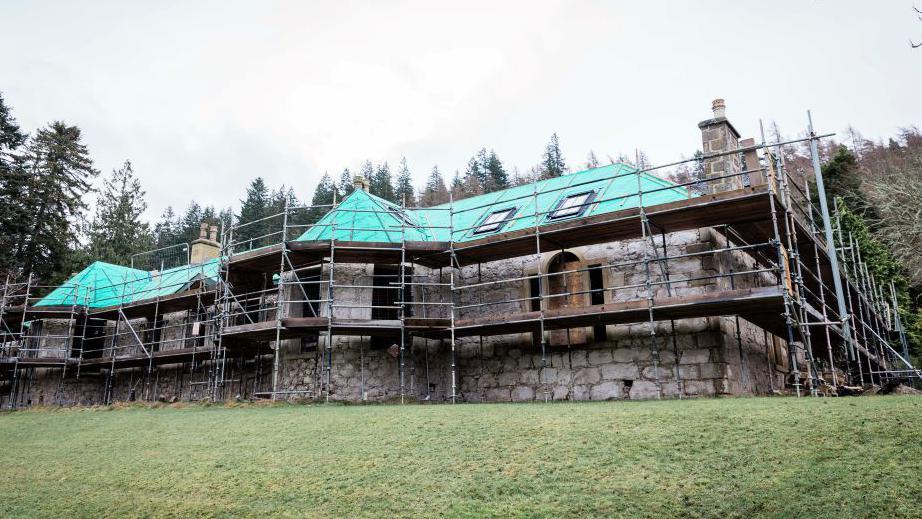
Traditional building skills are being used in the restoration project
Mr Readdy says the property is worth the effort.
He says: "Boleskine House is a B-listed building under historic designation by Highland Council.
"But is it not only Boleskine House that is B-listed, we have two other B-listed structures on its property, as well as B-listed Boleskine burial ground across the road.
"What we have is a cluster of listed buildings and that in itself is enough to preserve the heritage and history of the place."
Category B buildings are buildings of special architectural or historic interest because they are major examples of a particular period, style or building type.
Boleskine features Georgian and Jacobean features - but also a decades-long history featuring some unusual characters.
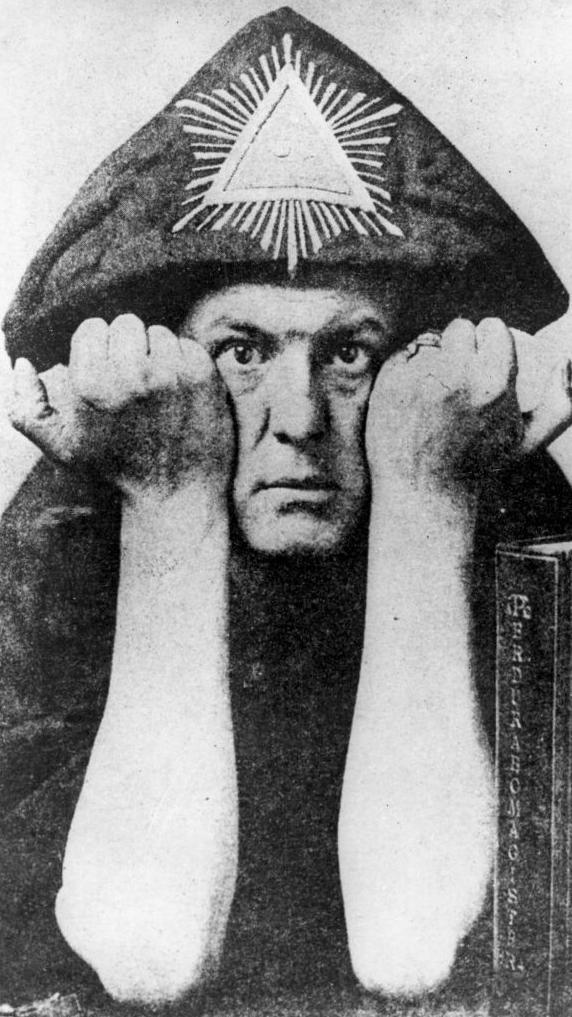
Occultist Aleister Crowley bought the house in 1899
Boleskine House dates to the 18th Century and was first owned by Archibald Campbell Fraser of Lovat, the second son of Simon Fraser, 11th Lord Lovat.
Nicknamed The Old Fox, Lord Lovat was a Jacobite sympathiser who also did deals with the cause's enemies in the British government.
He was executed in London after supporting Bonnie Prince Charlie.
One of Boleskine's best-known residents was poet, mountaineer and magician Crowley.
Born in Royal Lemington Spa and educated at Cambridge University, Crowley was fascinated with the occult - a subject wrapped up in beliefs in the supernatural and mystical powers.
Aleister Crowley also had an interest in Scottish history and mythology and bought Boleskine House in 1899, owning it until 1913.
He left a physical mark on the property after having a window facing to Loch Ness converted into a door so he could better perform one of his ancient rituals.
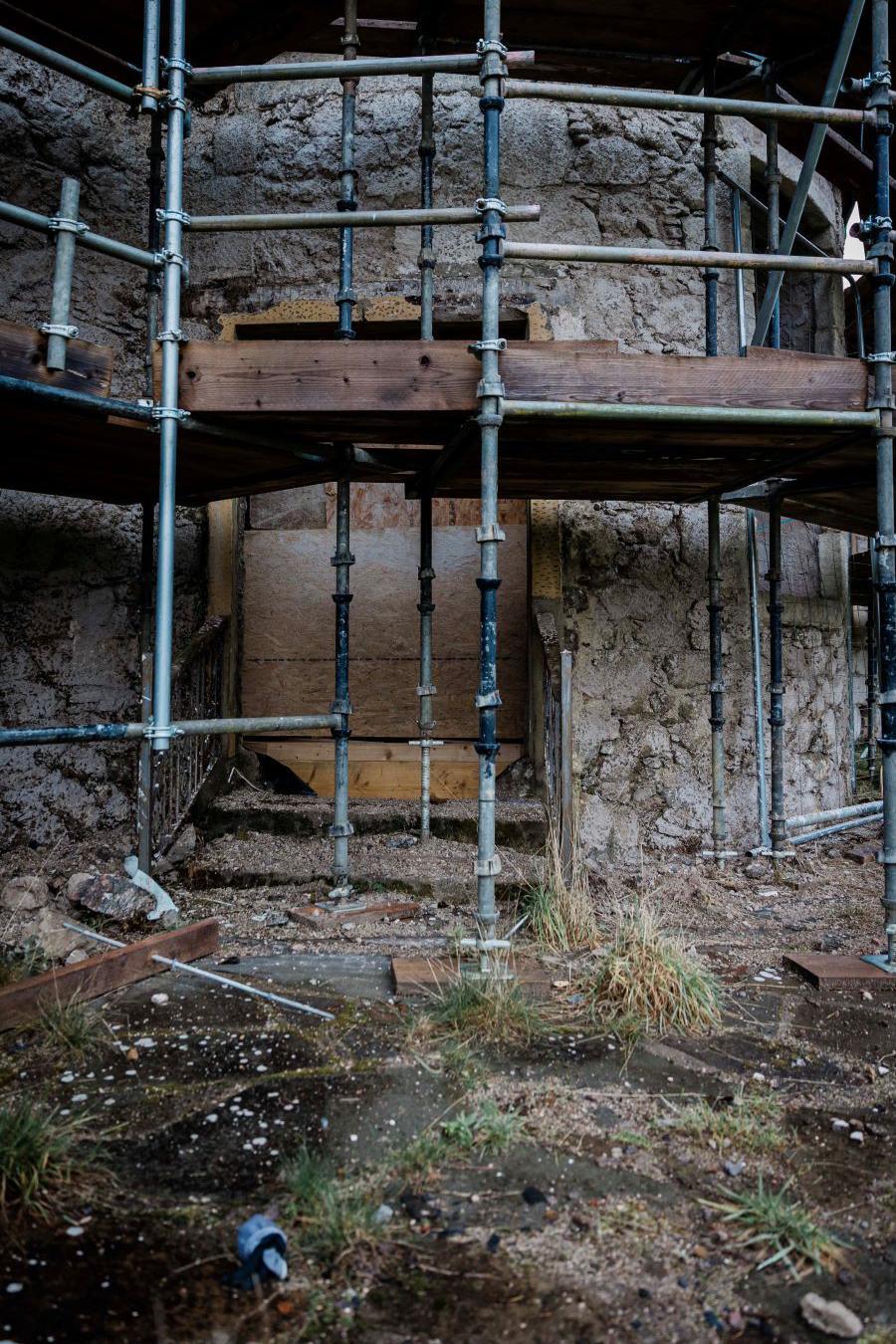
The door Crowley had made so he could perform an ancient ritual
Jimmy Page bought Boleskine in the 1970s because of its link to Crowley.
Page was guitarist with the band Led Zeppelin, whose hits included Whole Lotta Love and Stairway to Heaven.
Even after the musician sold the house in the early 1990s, interest in the Crowley connection has not faded.
There are stories of the house's more recent private owners being spooked by the sight of tourists peering at them through windows.
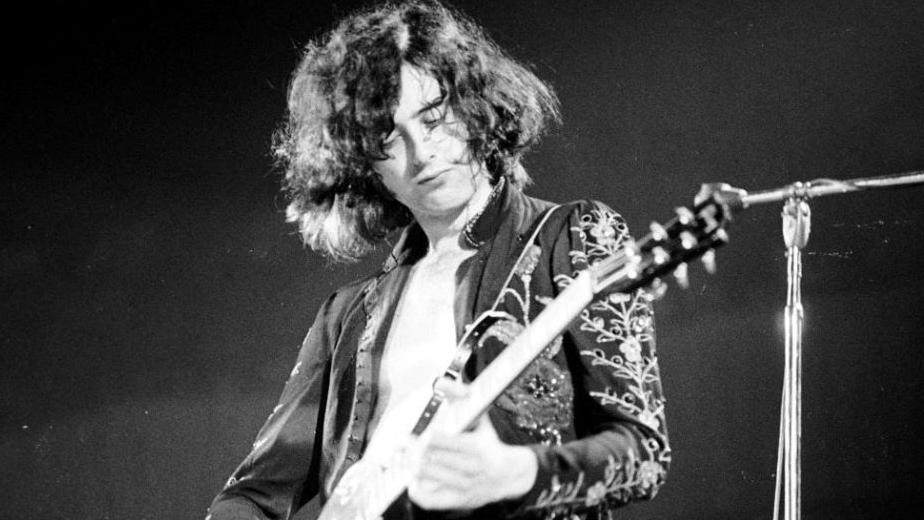
Led Zeppelin guitarist Jimmy Page bought Boleskine House in the 1970s
Mr Readdy says Crowley's association with the house has a "big audience".
But he adds that there is far more to the property than Crowley.
"In his autobiography he (Crowley) called it the centre of a thousand legends because he knew the history of the land and this building went back for centuries," says Mr Readdy.
"He is just one part of the history and blends into the rest of the historical narrative of the house."
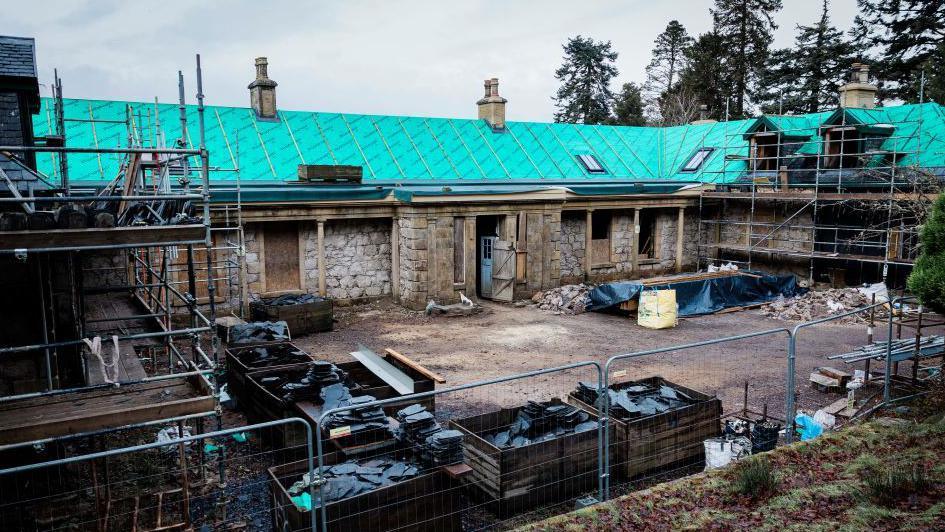
The Boleskine House Foundation hopes to open the property to the public in 2025
- Published1 December 2020
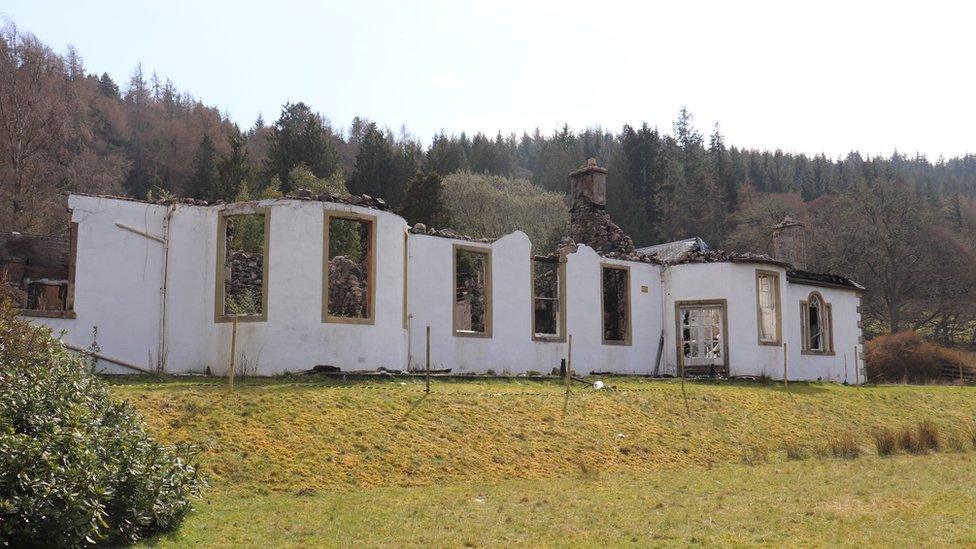
- Published9 December 2020

- Published23 December 2015
